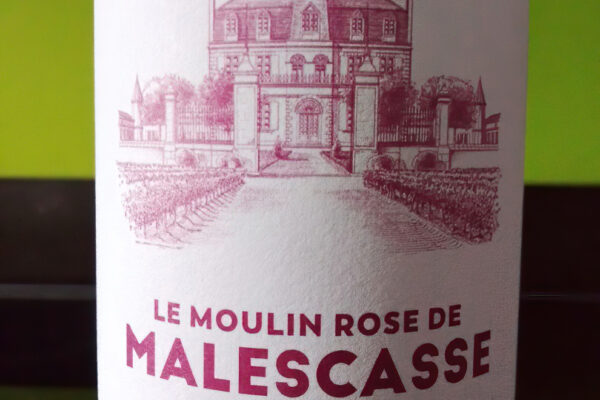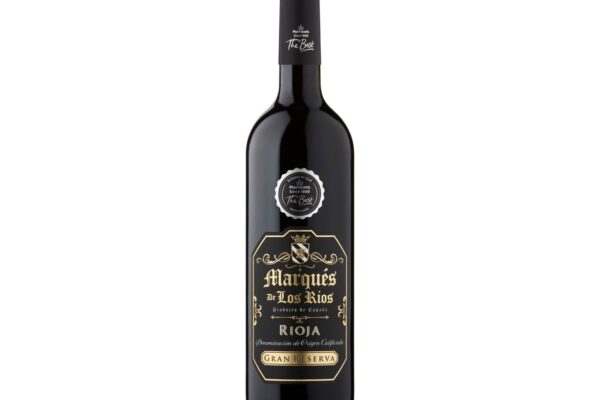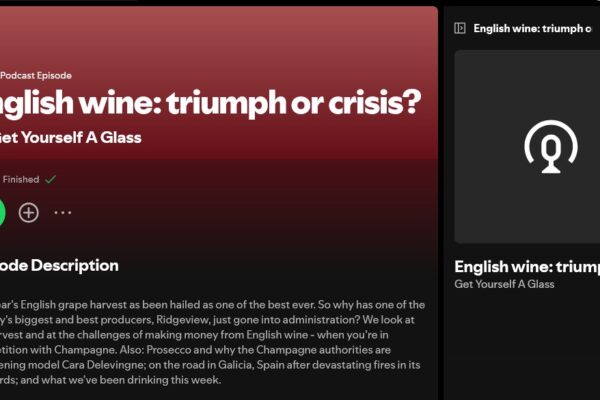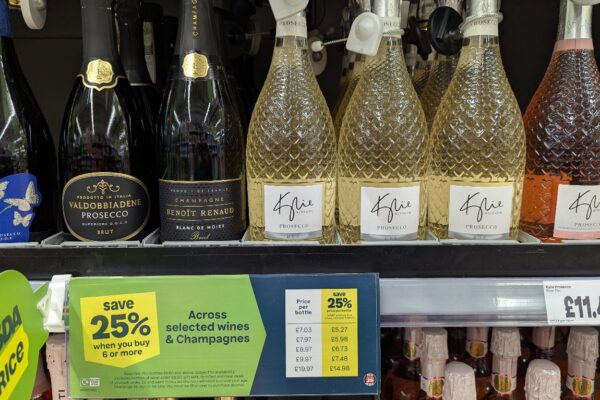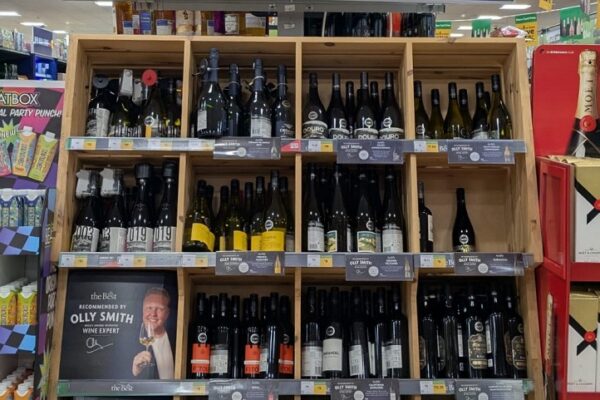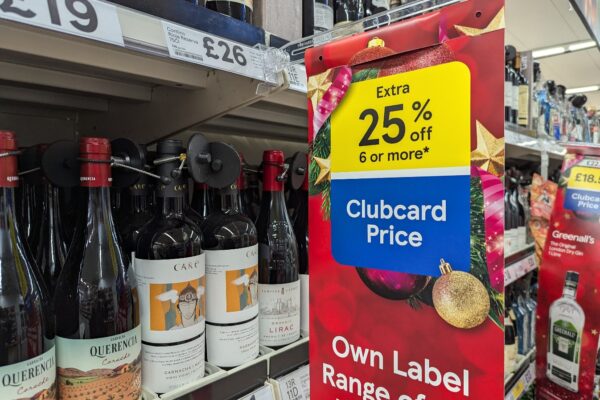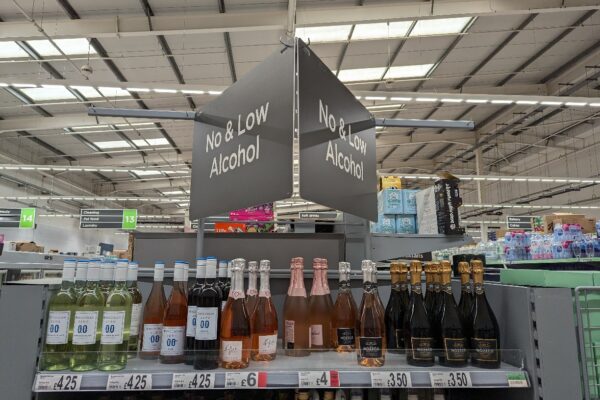
My original intention was always to focus on UK-centric wines, those available here in the UK. I attend a wide range of tastings, including those hosted by retailers, importers and specific wine regions. The region-specific tastings often feature some wines that are ‘unrepresented,’ meaning they do not yet have a UK importer. Initially, I avoided these wines, preferring to stick to wines that were more readily accessible. However, over time, my curiosity has led me to explore this uncharted territory to see what I might be missing.
It turned out that some of the better wines I have tasted have been unrepresented. Why is this the case? Speaking to those in the industry, one of the key issues is that it’s common that producers only have one or two outstanding wines. Distributors, however, sometimes need to commit to taking a producer’s entire or majority of range and having just one exceptional wine among several average ones is not enough to justify the risk.
Another challenge is reliability and trust. Large supermarkets and major importers find it easier to work with big, established organisations like Felix Solis than with smaller, artisan vineyards. These large conglomerates also employ dedicated sales teams to push their wines, making them far more likely to be imported into the UK.
An even more frustrating situation is the impact of Brexit. Some wines that were previously available in the UK are no longer imported due to the increased barriers. I have met producers at tastings who can no longer sell in the UK because their importer has shut down due to Brexit and I have found it disheartening to see these excellent wines lose their place in the market.
As a result, I have decided to champion unrepresented wines more actively. A few producers have already been asking me to see what I can do to help, which has inspired me to create a new category, ‘Unrepresented,’ where I have shared and will continue to discover unrepresented wines. I know that trade importers read this site and I hope my notes will help find a few outstanding wines for which I have already done some of the groundwork.
For UK consumers, my original intended audience, some of these wines may be available to purchase directly from the producer or through online wine stores abroad that ship to the UK. For personal use, carriers such as UPS and DHL handle the import paperwork, charging duty, VAT and a processing fee upon delivery. However, these costs are relatively high and can be the same or more than the cost of the wine for lower cost wines.




